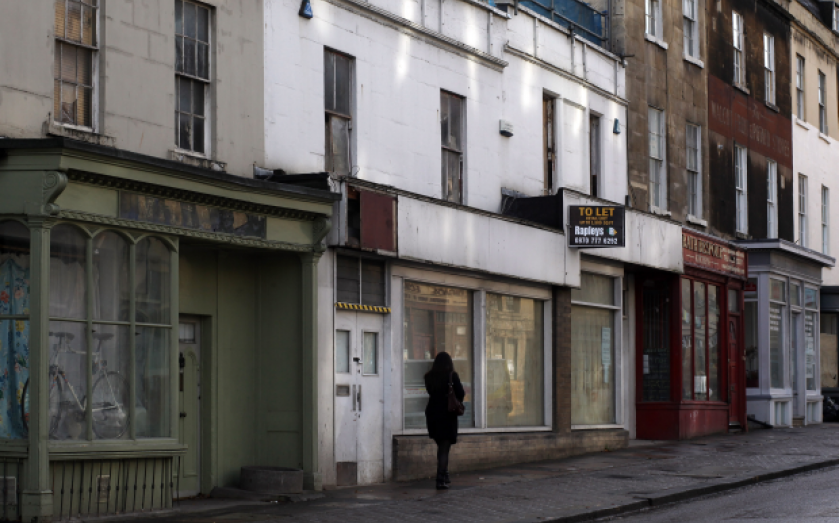Our retail industry has a bright future – but it must adapt to survive

A ROW of boarded up shops is not how we want our high street to look. But since the beginning of the recession, a high number of retail casualties have been claimed – great stalwarts of the high street like Woolworths and HMV among them. Despite flickering hopes of economic recovery, it is unlikely that our high streets will ever be the same again. But for a successful future for retail, perhaps they shouldn’t be.
Online shopping now accounts for roughly £1 in every £10 spent on retail. Omni-channel shopping is transforming consumers’ worlds, and 50 per cent of people never turn off their mobiles. So it’s unsurprising that this is fast becoming the shopping method of choice.
But the government is finding new ways to deal with these changes. Planning minister Nick Boles is making a widely-anticipated announcement this week that the government will grant local authorities greater freedom to convert retail premises into private housing, encouraging councils to focus on a few prime streets for retail development. He has been accused of “abandoning the high street,” but more housing near those prime retail spots could actually help local business.
It is a dramatic shift in policy from hiring Mary Portas to rescue the high street two years ago. But this industry is evolving at such a pace that rather than restoring the high street to its former glory, the government is rightly seeking an alternative “destination shopping” experience for town centre retail.
And the government should continue to support town centres to thrive in this new era. Its launch of another consultation could see landlords increase their investment in the UK’s high streets. It will allow them to contribute to Business Improvement Districts (BIDs) – a welcome move that will help traders and businesses in a designated area come together to fund local improvements.
Indeed, it was a key recommendation of the Portas Review that property owners be allowed to match the funding that retailers put into BIDs – and to have a voice on proposals like planning and strategic decisions that affect their property. Adopting these proposals could offer a good route to generating strategic plans for town centres, and more funding for high streets.
But the government has yet to overhaul the business rates system, which has placed a heavy tax burden on those retailers still weathering the economic storm. Instead, the system has been extended to 2015. What is worrying is that these rates are now a key deciding factor when calculating whether a store opening is financially viable, and that they stunt investment by retailers in stores and jobs.
It’s not all bad news, however. Retail, as an industry, is clearly not dying. Many retailers, such as Robert Dyas and John Lewis, continue to announce increased profits. The latest BRC-KPMG report found that UK July retail sales hit a seven-year high. The high street must evolve to be a truly relevant part of the future of retail, along with online shopping, but it will never disappear completely.
Gavin Matthews is head of retail at Bond Dickinson.